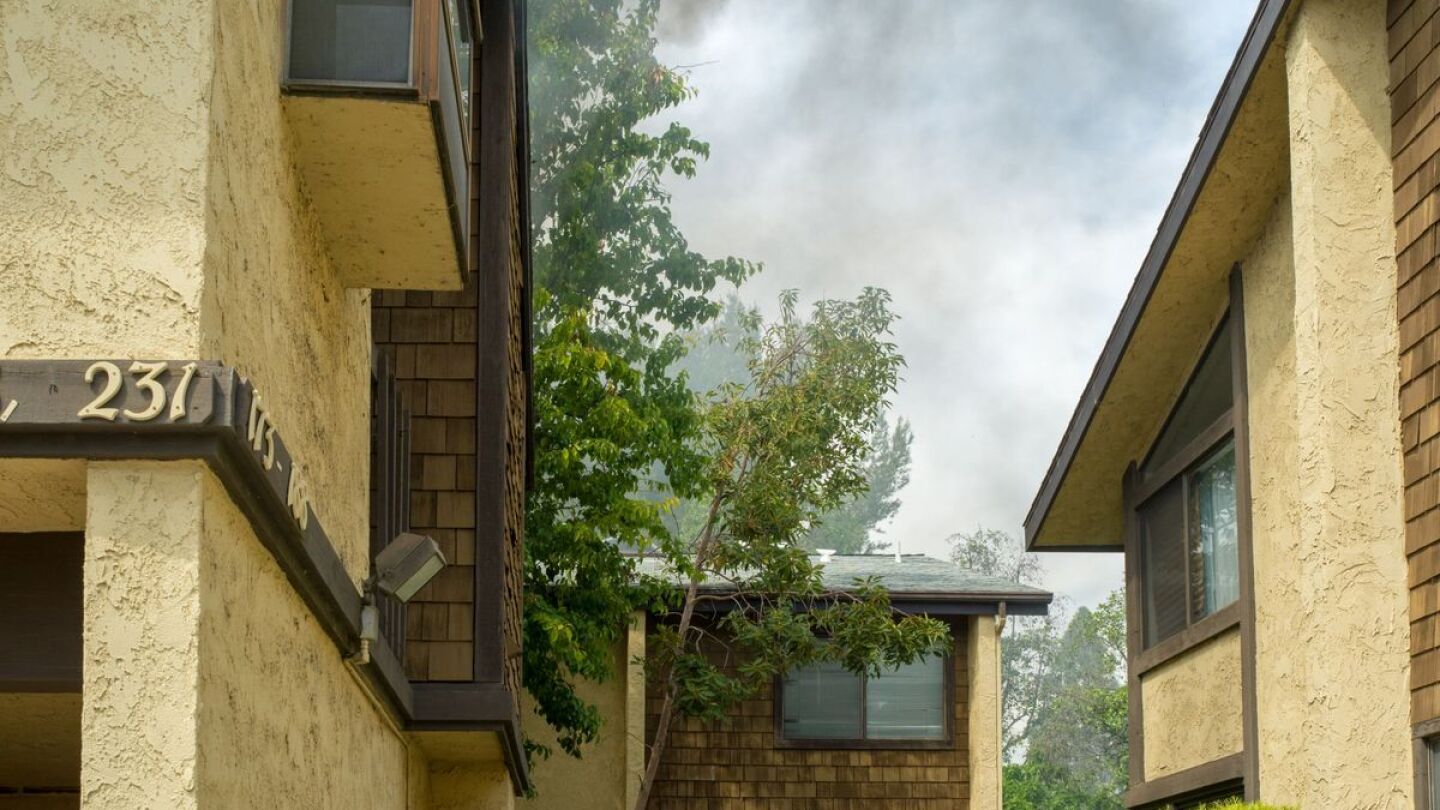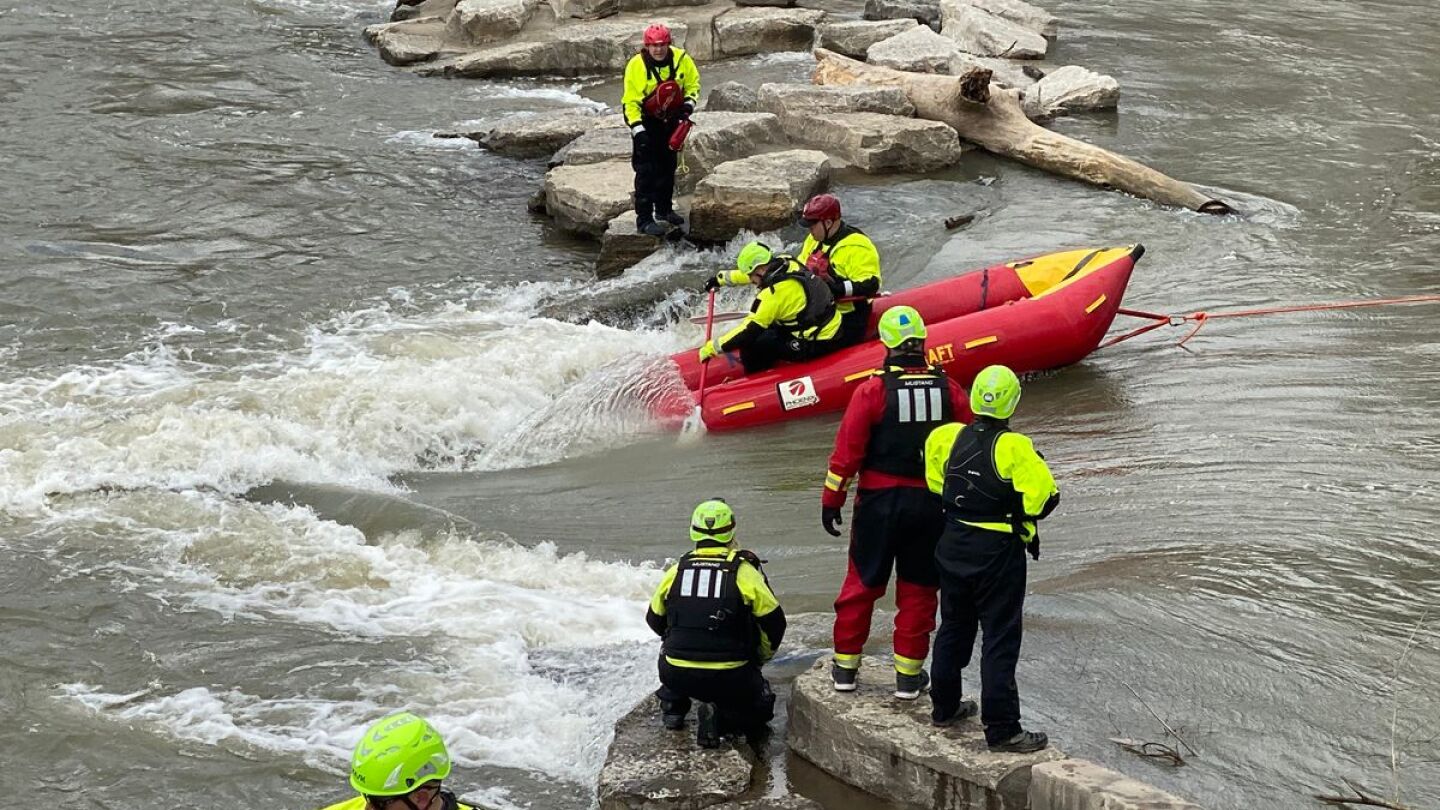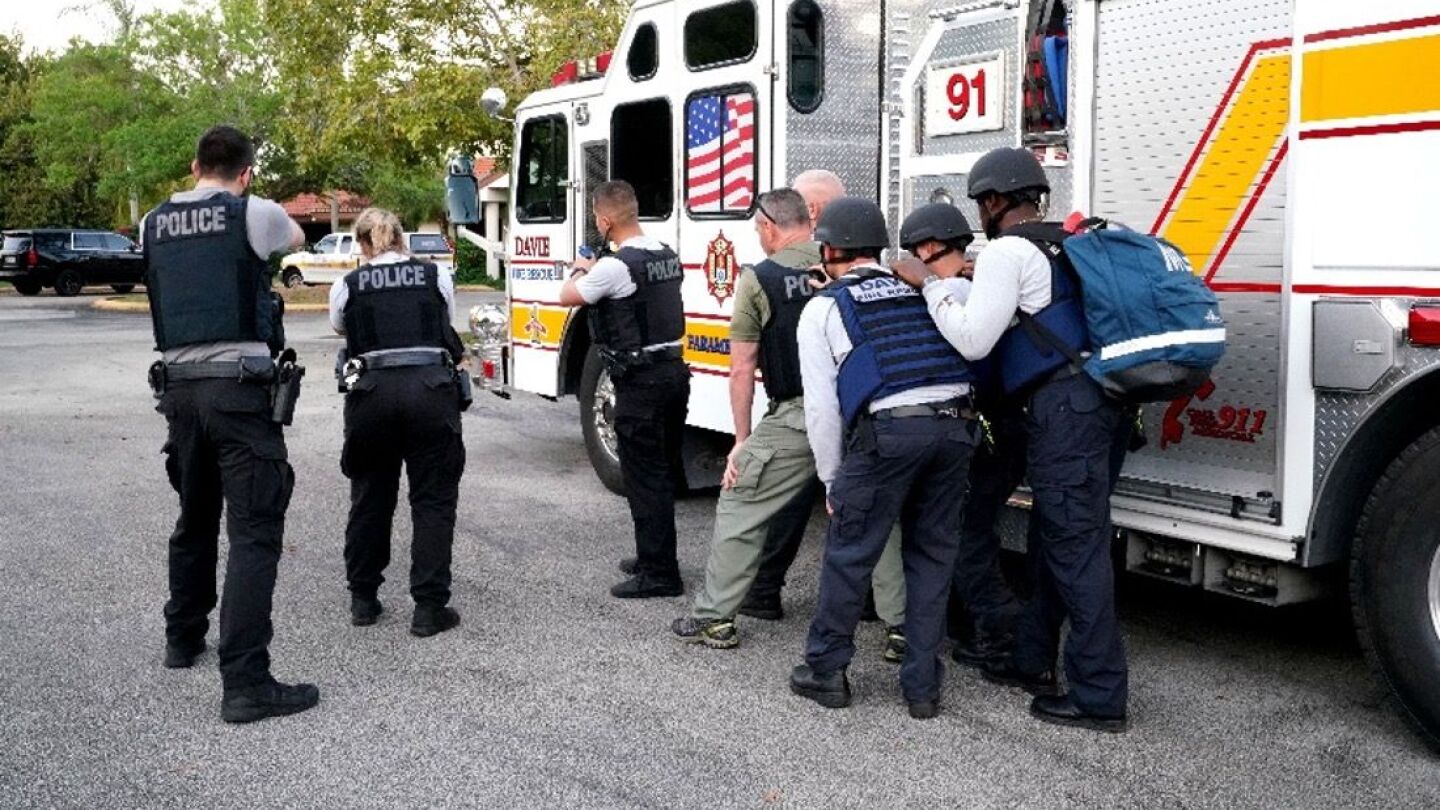When every second counts
There are countless debates in the fire service that come down to simple go/no-go decision-making: go to the roof or not, search the fire building or not, take action at an active shooter event or not, to name a few. Vacant structures, hazmat incidents or technical rescues are examples of common calls that force incident commanders to make quick decisions about the level of involvement for their firefighters. After all, in some cases, the firefighters will not be the expert on scene; they will need to stand down to allow technicians or other first responders to manage the situation. But what if firefighters are the first-due and first on scene. Go or no-go decisions become a very real situation with very real consequences. This series helps company and chief officers manage these moments and make smart decisions that balance firefighter safety and service to the community.

















